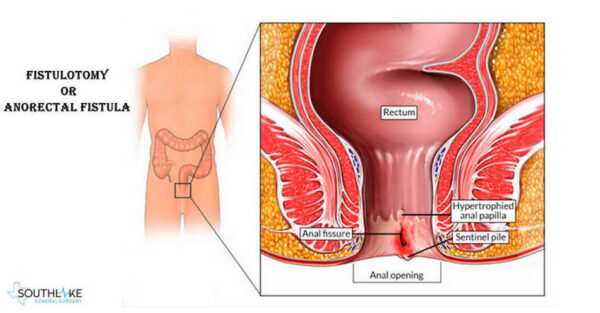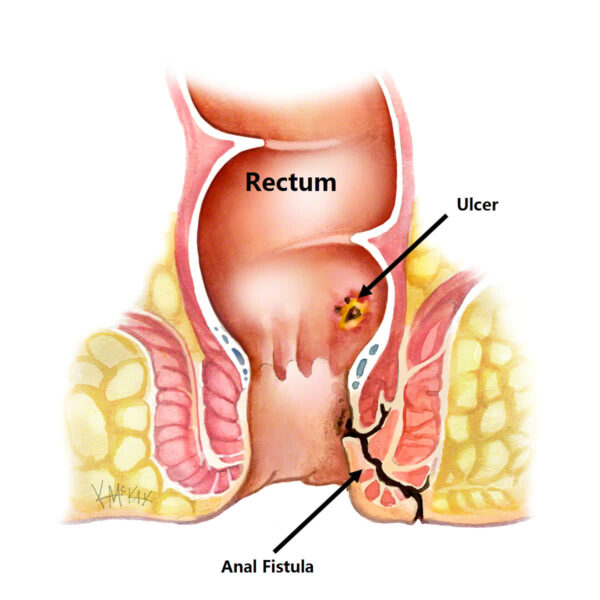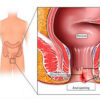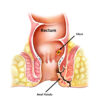



Embark on a transformative journey with our exceptional range of medical treatments. As a leading medical tour operator, we offer a comprehensive selection of world-class treatments and procedures to address your unique healthcare needs. From advanced surgeries to cutting-edge therapies, our team of experienced professionals is dedicated to providing top-notch care and ensuring your comfort and satisfaction. Discover a new level of healthcare excellence with our tailored treatment options. Book now to start your journey towards a healthier and happier you.
An anal fistula is an abnormal tunnel that forms between the inside of the anus and the skin surrounding the anus. This condition often results from an infection in an anal gland that creates an abscess, which then drains and forms a fistula. Here’s a comprehensive overview:
Anal fistulas are relatively common and can be treated effectively with surgery. The treatment aims to eliminate the fistula, prevent recurrence, and preserve anal sphincter function to avoid incontinence.
Only logged in customers who have purchased this product may leave a review.
An anal fistula is an abnormal tunnel that forms between the inside of the anus and the skin surrounding the anus. This condition often results from an infection in an anal gland that creates an abscess, which then drains and forms a fistula. Here’s a comprehensive overview:
Anal fistulas are relatively common and can be treated effectively with surgery. The treatment aims to eliminate the fistula, prevent recurrence, and preserve anal sphincter function to avoid incontinence.
There are no reviews yet.
Only logged in customers who have purchased this product may leave a review.
Choosing the right hospital and physician are important factors to consider that significantly influence a patient’s treatment. The preferred choice for many patients is choosing private care.
Choosing the right hospital and physician are important factors to consider that significantly influence a patient’s treatment.
Reviews
There are no reviews yet.